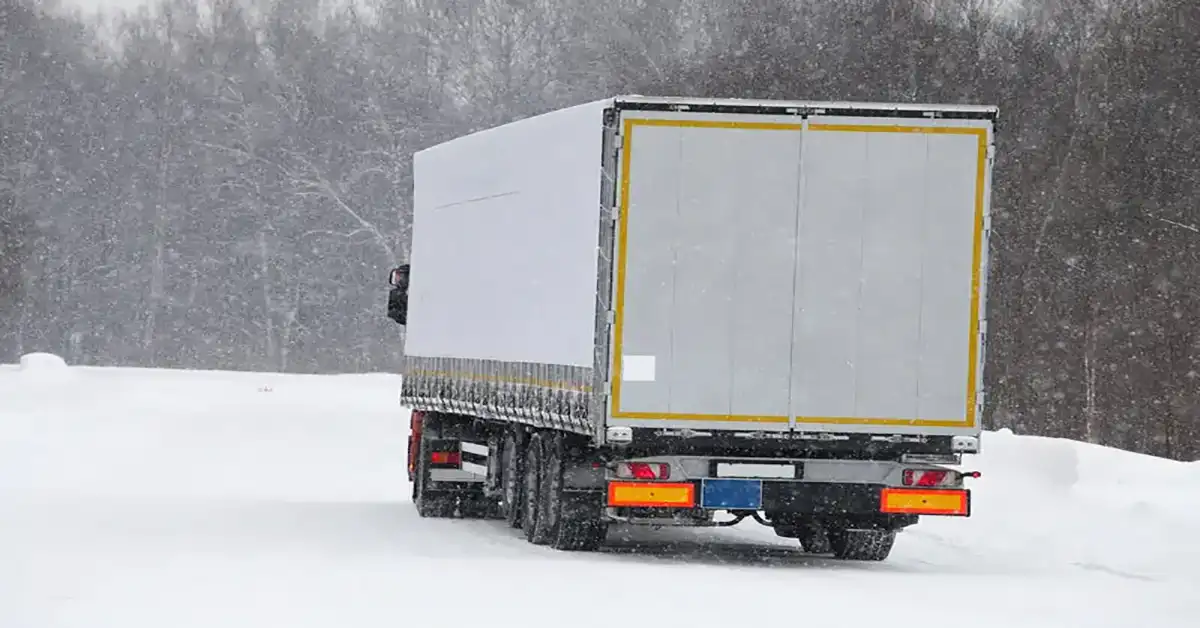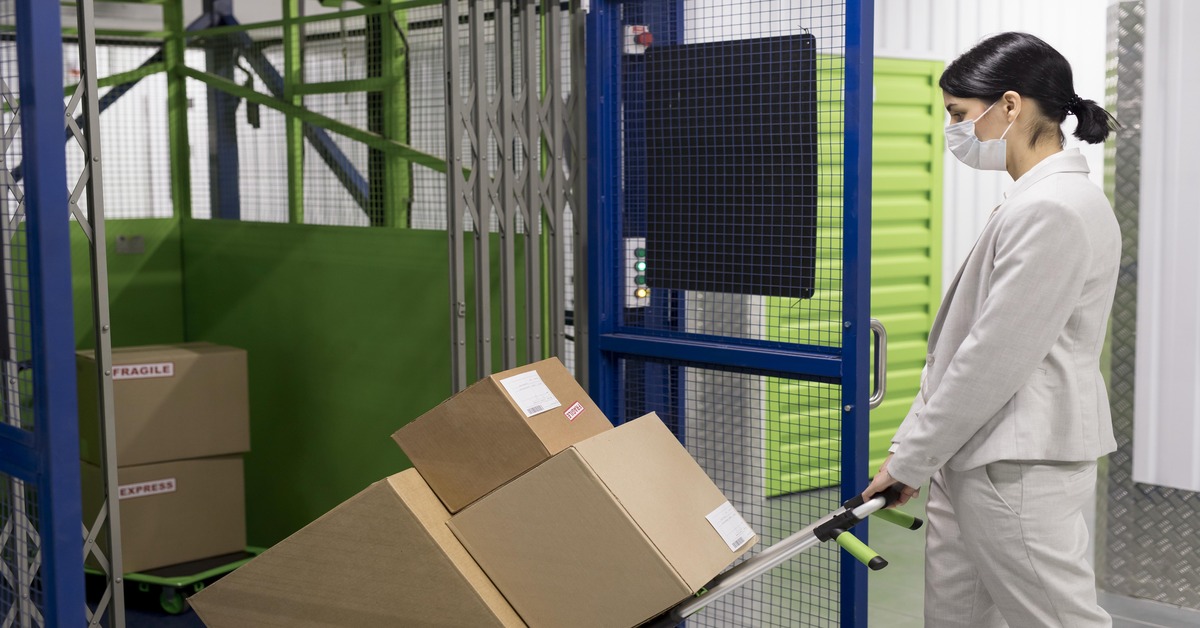Table of Contents
Relocating during winter can be challenging, but with the right preparation, it can be a smooth transition. Whether you’re moving to a new home or renovating your current one, planning is key. Winter weather can be unpredictable, so it’s essential to stay organized and use practical solutions like self-storage units to keep your belongings safe and dry. A utility locker can be handy for storing items you need quick access to during the move.
Additionally, ensure that pathways are clear of snow and ice to prevent accidents. Consider hiring professional movers experienced in winter relocations to handle the heavy lifting and navigate the conditions. By taking these steps and staying flexible, you can minimize stress and ensure a successful winter move. Read on for more essential winter moving tips that will help you tackle your relocation with confidence and ease.
Winter Moving Tips
Moving during winter presents unique challenges, but with the right approach, it can be a seamless process. Preparation is crucial to overcoming obstacles like snow, ice, and colder temperatures. Utilizing self-storage options can help manage your belongings efficiently, while utility lockers provide easy access to essential items. Ensuring that all walkways are clear and safe is vital to prevent accidents during the move. Hiring professional movers who are experienced with winter conditions can also make a significant difference.
1. Plan Well in Advance
If you have decided to move in winter, ensure that you plan the route ahead of time. As winters have considerably shorter days, it would be a good idea to start early in the morning. Especially for those staying or planning to move in the northern climates, it is advisable to begin as soon as possible to have maximum daylight while moving. If the weather conditions seem inadequate, dress appropriately. Put on your warm jackets, hats, coats, gloves, scarves, and snow boots.
While on your way, try to choose the main roads over the deserted back-roads. In the scenario of snow or ice, the main roads get cleared sooner than the back-roads. If the distance you are traversing is more, get your car prepped and serviced before the move. Examine all the tires and if possible, replace them with winter tires that are designed for better traction while driving in icy conditions.
Bad weather can strike anytime, and whether it’s heavy snow or an ice storm, you wouldn’t want to get stuck on the road without emergency supplies. Pack some food, water, blankets, and even a first-aid kit. It would also be a warm idea to pack a thermos with some hot beverage!
2. Adopt Weatherproof Packing
When packing your stuff, keep in mind the possibility of freezing temperatures and precipitation. Just in case it is snowy or icy outside, you need to take special care of your belongings and keep them protected. Use packaging material like plastic bins, plastic wraps, waterproof moving labels, mattress wraps, and bubble wraps to keep your stuff waterproof. Electronics stand at a higher risk of being damaged in the wet weather. You could put all small electronics and cables in sealed plastic bags before you put them into boxes. The larger ones could be handed over to a moving company for professional care.
Always pack essential documents like birth certificate, passport, financial papers, and other files in weatherproof cases. Things like jewellery, photographs, and other sensitive items could be packed in a sealed container to protect from snow an ice in transit. While packing, also remember to keep some winter supplies in your car and some handy emergency lights, power banks, cell phone chargers, windshield scrapers, bottled water, snacks, and road salt, if possible.
3. Hire a Weather-savvy Moving Company
Moving in the frigid temperatures can be a task, and it is strongly recommended to hire movers that can help you with heavy-lifting and quick packing-unpacking. Find reputable movers who are licensed. There would be nothing better than finding movers who also insure your stuff, while in-transit, for any damage. Once you have finalized the mover, also discuss with them an alternate date in case things go wrong. Say if bad weather hits your area, the company must have a back-up time to meet the emergency.
Under all scenarios also make sure to keep a tab on the weather conditions and keep yourself updated with significant developments in the weather. Make sure you are not caught off-guard in a winter storm. You will find it more conducive to move when the road conditions are apt, and the chilled weather does not add to the trouble with winds.
4. Choose self storage
In the winters, roads don’t make it easy to move things from one place to the other. Most people have to move on an urgent basis and want to keep their stuff safe until the bad weather passes. Under such circumstances, it would be best to take advantage of self storage units. There you could keep your things for as long as you want. You can get it tucked away in a storage unit to keep them protected from the elements. It is also very convenient if the storage facility also has the option to provide experienced movers and packers to help move your things. Self storage units come in a variety of sizes and can provide a measure of comfort as the dedicated staff is willing to give the best service possible.
5. Prep your new home.
A few weeks before you plan to move-in, call up the utility provider of your new place and get the electricity and heating system set up in the area. Try to get the sidewalks, stairs, and driveways shoveled, especially if they are covered in ice, making them more dangerous. You could also protect the floors and entryway with plastic film or flattened cardboard. By safeguarding the floors, it will help to keep your home dry and free of icy slush.
After you have moved in, put in some time to properly set up your house to brace the cold winter months. Try to use warm floor carpets and bed dressings to avoid substantial electricity bills.
6. Enjoy the chill
Relocating is never easy, but if you systematically plan things, the whole process can become smoother. Relocating your home in winters has numerous perks that are overlooked by the majority of the people. Execute the tips given and plan well to be the ultimate gainer.
Final Words on Winter Moving Tips
Moving during winter can be challenging, but with the right preparation, it can also be a smooth and stress-free experience. Remember to plan ahead, keeping an eye on weather forecasts and scheduling your move on a clear day. Pack your belongings carefully, ensuring they are protected from the cold and damp. Make sure to have winter essentials like shovels, salt, and warm clothing easily accessible.
Hiring professional movers with experience in winter relocations can make a significant difference, as they will be well-equipped to handle the unique challenges of the season. Lastly, don’t forget to take care of yourself during the move—stay warm, stay safe, and take breaks as needed. By following these tips, you can ensure a successful winter move and start enjoying your new home without the stress. Happy moving!
FAQs on Winter Moving Tips
A: Dress in layers to stay warm and flexible. Wear a waterproof outer layer and non-slip boots for safety.
A: Use plastic sheets or old rugs to cover floors. Have a designated path to minimize mess and use door mats to wipe feet.
A: Wrap items in plastic to protect them from moisture. Use extra padding for fragile items to prevent damage from the cold.
A: Clear walkways of snow and ice before moving. Use salt or sand for added traction and take slow, careful steps.
A: Start the truck early to warm it up before loading. Use moving blankets to insulate items and keep them from freezing.
A: Have a backup plan, such as a rescheduled date or extra help. Keep an eye on weather updates and communicate with your moving company.
A: Wrap plants in plastic or blankets to shield them from the cold. Move them in your car where it’s warmer, rather than the moving truck.
A: Pack electronics in their original boxes if possible, and let them acclimate to room temperature before plugging them in at your new home.
A: Hiring professional movers can make winter moving safer and easier. They have the experience and equipment to handle the challenges of cold weather.
A: Stay hydrated and take breaks to warm up. Eat high-energy snacks and drink hot beverages to maintain your energy levels.
 Contact Us
Contact Us
Our Storage experts will get in touch with you.





